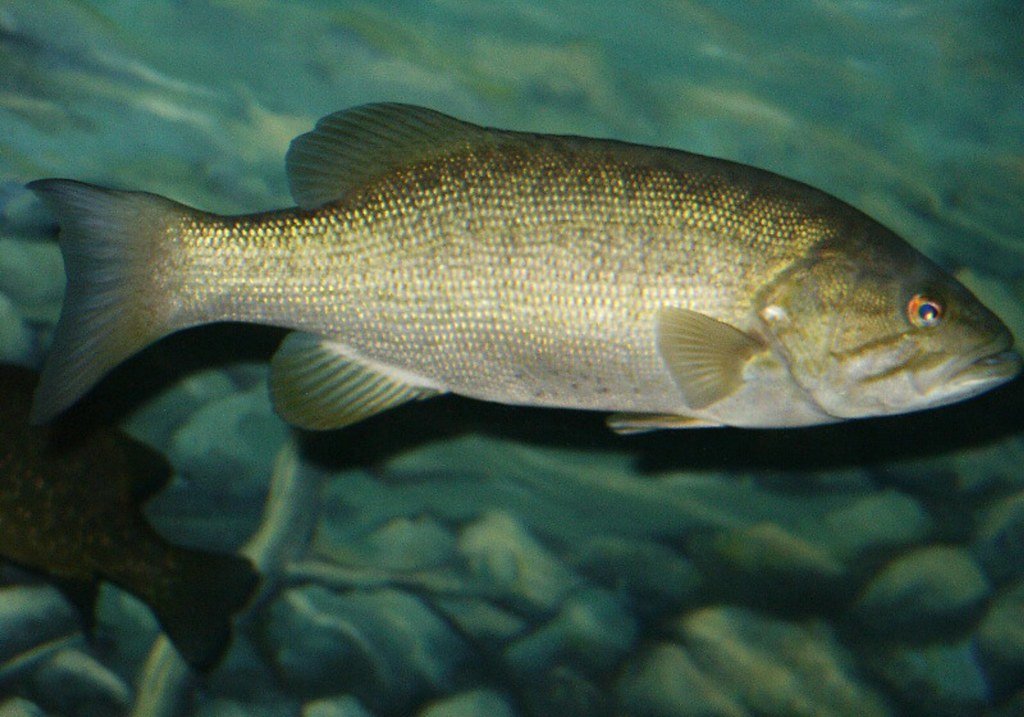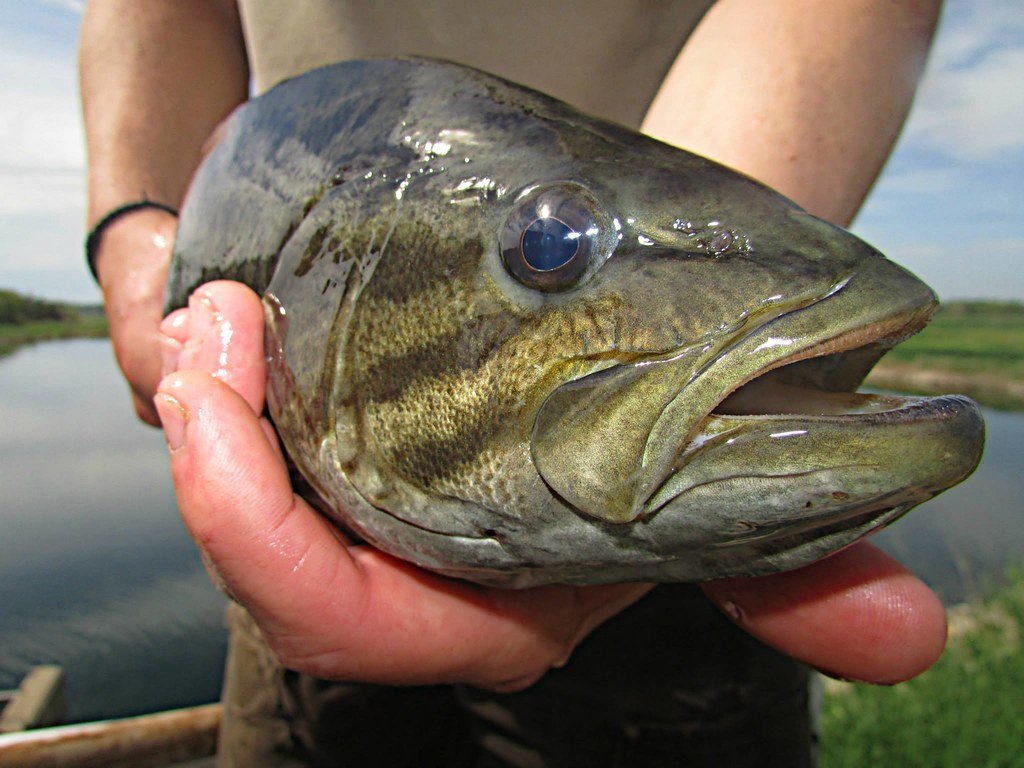In a vivid example of nature adapting to human pressure, invasive smallmouth bass in New York’s Adirondack Mountains have evolved traits that help them resist long-standing removal campaigns. According to a new study in Proceedings of the National Academy of Sciences, these fish are now growing faster and reproducing earlier, an evolutionary shift that is undermining conservation efforts aimed at restoring native species.
A Case of Unintended Consequences

Since 2000, researchers from Cornell University have removed about 25% of the smallmouth bass population from a single Adirondack lake each year in an effort to revive brook and lake trout. However, instead of crashing, the bass population rebounded, dominated now by smaller, quicker-growing individuals that breed at younger ages.
Evolution in Real Time
Genomic and demographic analysis revealed that this isn’t just a behavioral change but a rapid evolutionary response. Like weeds adapting to herbicides, the bass have shifted toward a fast-paced life strategy that favors early reproduction and smaller size—traits that allow them to persist under intense removal pressure and repopulate more effectively.
Ecological and Management Implications
This adaptive shift shows how targeted eradication can unintentionally select for traits that make invasive species more resilient. The authors suggest that future control efforts may need to vary in intensity or incorporate alternative methods to avoid accelerating adaptive resistance. Above all, the study emphasizes that preventing introductions in the first place is far more effective than chasing control after the fact.
Conclusion

The Adirondack smallmouth bass case illustrates how ecological management can spark an evolutionary arms race. Far from being passive targets, invasive species can respond to human action with surprising speed and cunning. In trying to outmatch the fish, scientists inadvertently drove them to evolve faster—and that makes the challenge of managing biological invasions even more urgent and complex.
Source:





